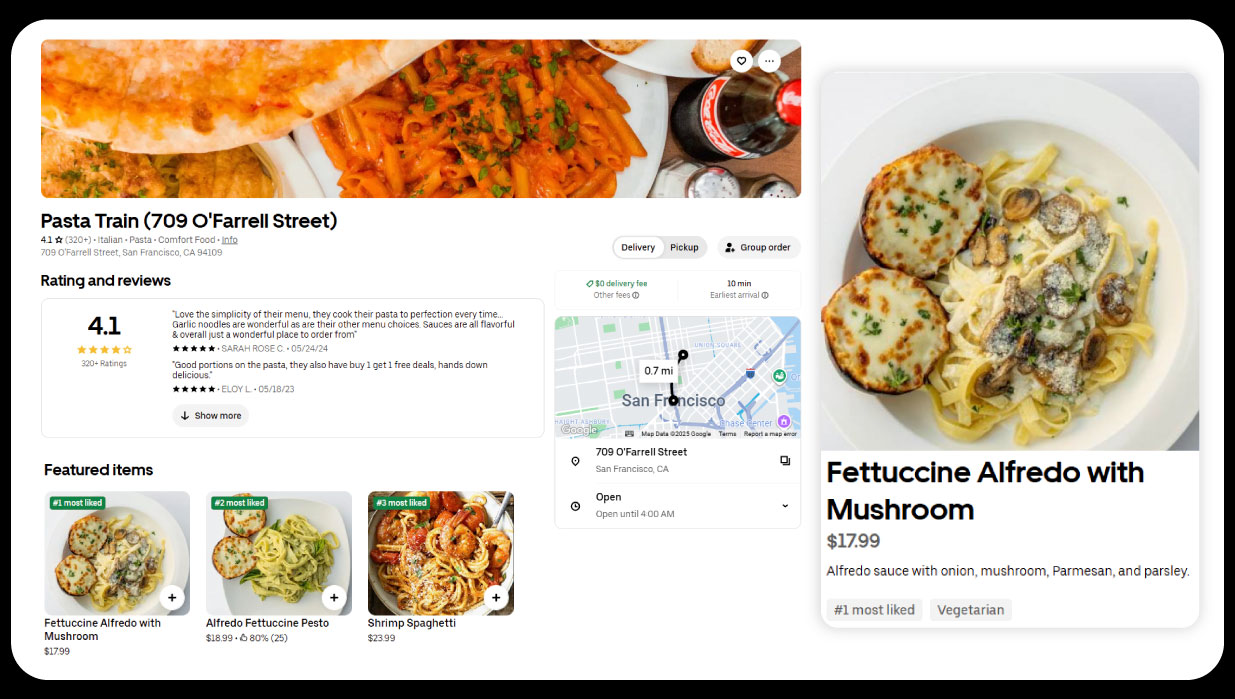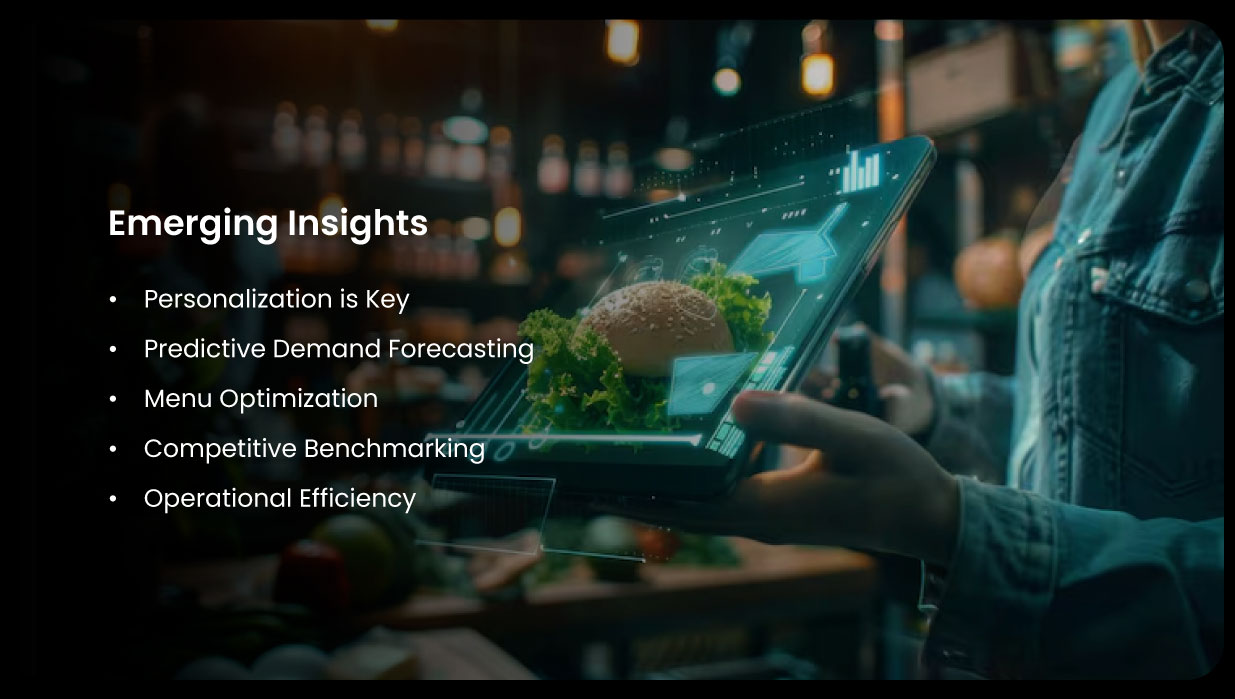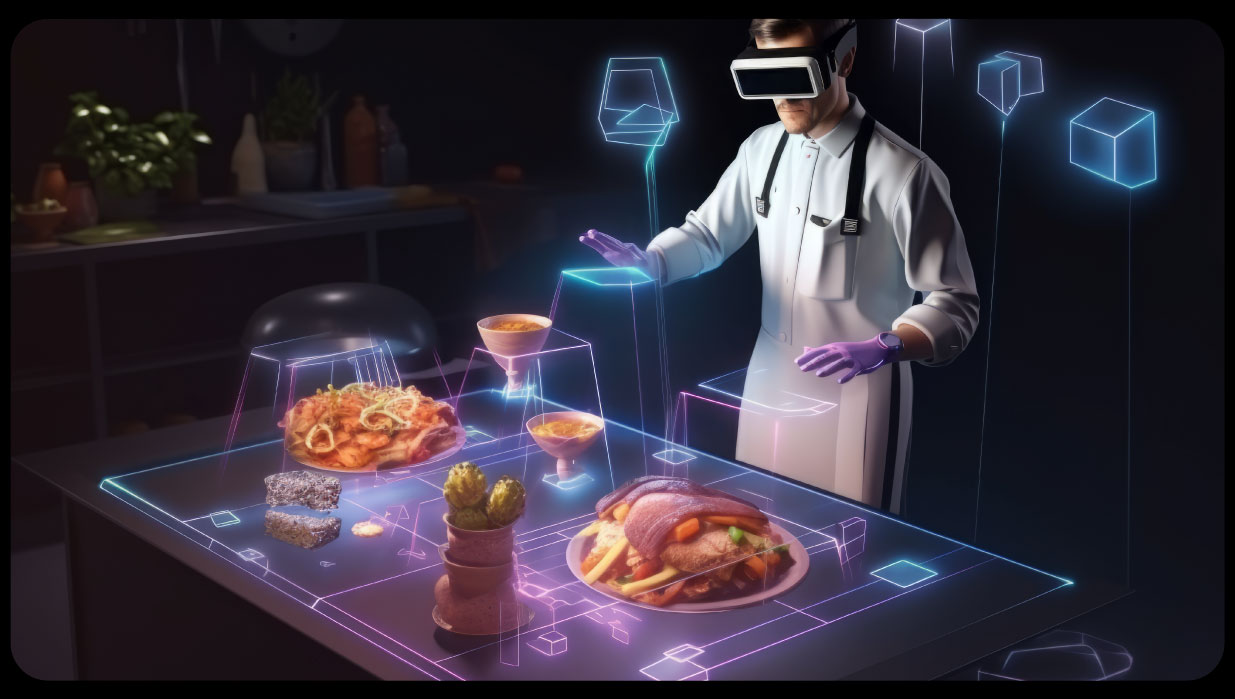
Try your luck — spin the wheel and unlock up to 30% OFF or exclusive freebies!

The global food delivery market has experienced a significant transformation over the past decade, driven largely by technological advancements and evolving consumer behavior. Food Delivery Trends via Scraped Data have provided critical insights into this sector, enabling businesses, investors, and analysts to make informed decisions. By leveraging web scraping and data analytics tools, stakeholders can extract granular information about consumer preferences, menu variations, pricing strategies, and restaurant performance metrics.
The increasing adoption of online food delivery platforms like Uber Eats, DoorDash, Grubhub, and Deliveroo has revolutionized the way people consume meals. These platforms generate enormous amounts of data, including order volumes, ratings, delivery times, and menu items. Through food delivery app Trends analytics, businesses can gain a competitive edge, optimizing their operations, menu offerings, and pricing strategies based on real-time data insights.
Restaurant menu data Extraction plays a pivotal role in understanding market dynamics. By systematically collecting and analyzing restaurant menu information, businesses can track which dishes are most popular, detect emerging food trends, and anticipate seasonal variations in demand. This kind of data-driven insight allows for strategic planning, targeted promotions, and product innovation.

Recent studies and scraped datasets reveal several notable trends in the food delivery industry:
Table 1: Popular Food Delivery Categories by Order Volume (USA, 2025)
| Category | % of Total Orders | Average Order Value (USD) | Growth Rate YoY (%) |
|---|---|---|---|
| Fast Food | 35% | 18.5 | 5.6 |
| Pizza | 20% | 22.0 | 4.2 |
| Asian Cuisine | 15% | 25.3 | 6.8 |
| Healthy / Vegan | 12% | 20.5 | 9.1 |
| Desserts & Beverages | 18% | 12.7 | 5.0 |
The table above, derived from Food app menu scraping API, highlights the dominance of fast food and pizza in total orders while indicating faster growth in the healthy and vegan segment. This trend underscores the importance of continuously monitoring menus and consumer preferences.
Food delivery performance analytics relies on automated tools to extract structured datasets from websites and apps. Key techniques include:
Scraping Restaurant Menus and Ratings for Competitive Insights allows operators to understand competitor strategies. For example, by comparing menu items, pricing, and ratings across similar restaurants, businesses can adapt their offerings to match or exceed market standards.
Table 2: Average Ratings vs. Delivery Time (USA, 2025)
| Restaurant Type | Avg Rating (1-5) | Avg Delivery Time (minutes) | Number of Orders |
|---|---|---|---|
| Fast Food | 4.1 | 25 | 2,500,000 |
| Casual Dining | 4.3 | 35 | 1,200,000 |
| Fine Dining | 4.6 | 50 | 300,000 |
| Vegan / Healthy | 4.4 | 30 | 800,000 |
| Dessert & Beverages | 4.2 | 20 | 1,000,000 |
The table shows that higher ratings generally correlate with slightly longer delivery times for premium dining categories, highlighting a trade-off between quality and speed. food delivery data scraping provides these insights at scale, enabling restaurants to fine-tune operational strategies.


Despite its benefits, food delivery data extraction faces several challenges:

The Future of Food Delivery Intelligence 2026 looks promising. With advancements in AI and machine learning, scraped data will provide deeper insights into consumer behavior, menu preferences, and pricing strategies. Predictive analytics will become more accurate, allowing for real-time personalization and dynamic pricing. Cloud-based platforms and improved APIs will make Food Delivery Trends via Scraped Data more accessible to smaller businesses.
Furthermore, integration with emerging technologies like augmented reality (AR) for menu previews and IoT-enabled kitchens will enhance data-driven decision-making. Businesses that adopt continuous monitoring of food delivery app Trends analytics will be better positioned to anticipate shifts in consumer preferences and optimize operational efficiency.
In summary, the use of data scraping in the food delivery industry provides unparalleled insights into consumer behavior, operational efficiency, and competitive dynamics. Food delivery app intelligence is pivotal tool for businesses aiming to stay competitive and relevant. By leveraging these tools, restaurants and delivery platforms can optimize their offerings, reduce inefficiencies, and provide a superior customer experience.
The Food Data Scraping API ensures that stakeholders have access to actionable intelligence that drives growth. As the industry continues to evolve, data-driven decision-making using Food Delivery App Menu Datasets will be the cornerstone of success in the food delivery market.
Experience top-notch web scraping service and mobile app scraping solutions with iWeb Data Scraping. Our skilled team excels in extracting various data sets, including retail store locations and beyond. Connect with us today to learn how our customized services can address your unique project needs, delivering the highest efficiency and dependability for all your data requirements.
We start by signing a Non-Disclosure Agreement (NDA) to protect your ideas.
Our team will analyze your needs to understand what you want.
You'll get a clear and detailed project outline showing how we'll work together.
We'll take care of the project, allowing you to focus on growing your business.